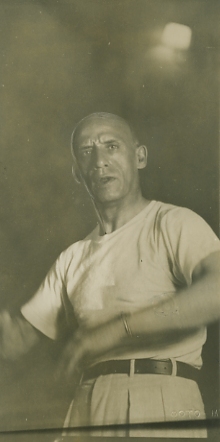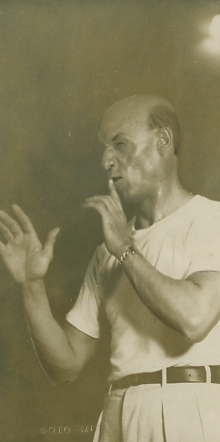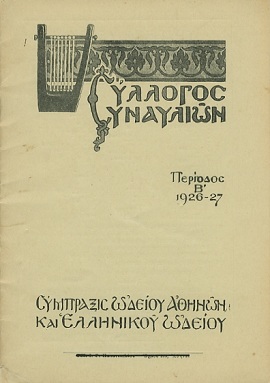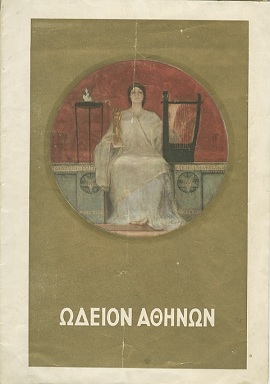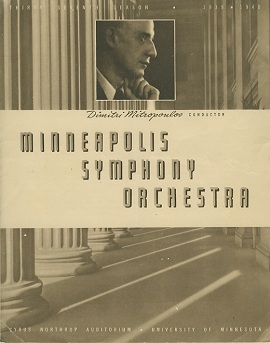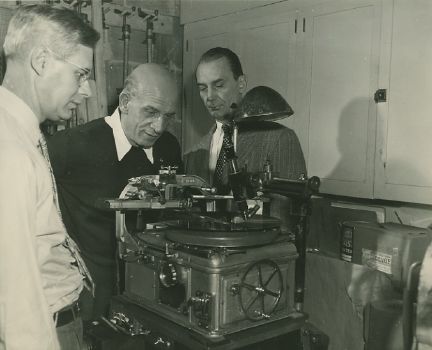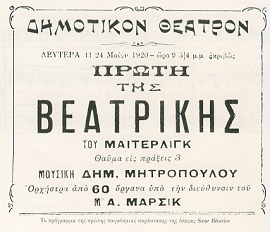Apostolos Kostios
DIMITRI MITROPOULOS
Life, part (a):
What? – Where? – When?
The conductor, pianist and composer Dimitri Mitropoulos was born on February 18th, 1896, in Athens. His father, Ioannis Mitropoulos, was a merchant. His mother, Angeliki (the daughter of Dimitrios Anagnostopoulos), was a housewife. Mitropoulos came from a middle class family background. Nevertheless, he took a good education (foreign languages, music), thanks to his open-minded and ambitious mother. Three members of his family had been clergymen (his grandfather’s brothers). None of his ancestors had ever been a professional musician. He graduated from Athens Varvakion School (a moderate student, grade 5,5). He began to study music at the Conservatory of Athens, in 1910. He studied piano with Ludwig von Wassenhoven and Music Theory with Armand Marsick (1877-1959). He received his piano diploma in 1919 with a distinction for his exceptional performance (“Andreas and Ifigenia Siggros Prize”). He was offered a scholarship to continue his studies in Brussels by the Conservatory of Athens. There he attended private lessons in composition, with Paul Gilson, and organ, with Alphonse Desmet. From 1922 to 1924 he worked as a répétiteur (Korrepetitor) and Erich Kleiber’s assistant for the Berlin State Opera Unter den Linden. In Berlin he was acquainted with Ferruccio Busoni, by whom he was deeply influenced concerning his aesthetics and his career.
|
|
|
|
Dimitri Mitropoulos started his career as a conductor in Athens, where he directed the Hellenic Conservatory Symphony (1924-1925), the Concert Society Symphony (1925-1927) and the Athens State Symphony (1927-1937). In 1930 he made his debut in Europe, as a conductor, pianist (he conducted Sergei Prokofiev’s Third Piano Concerto and interpreted the piano part at the same time), and composer (with his work Concerto grosso for orchestra), as a guest conductor invited by the Berlin Philharmonic Orchestra. Then he made appearances, as a guest conductor, with the Orchestre de Paris, the Santa Cecilia Academy Symphony, the Moscow State Philharmonic, the Leningrad State Philharmonic, the Milan Theatro alla Scala Orchestra, the Orchestre des Concerts Lamoureux etc. In 1936 he made his U.S. debut, with the Boston Symphony Orchestra. He went to the U.S. again, the following year, to conduct the Boston Symphony Orchestra and the Minneapolis Symphony, of which he remained the principal conductor from 1938 to 1949. From the 1944-45 to 1947-8 season, he was the principal conductor and artistic director of the Music Organization Robin Hood Dell (summer concerts with the Philadelphia Philharmonic).
|
|
|
|
| 1 | 2 | 3 |
In 1949 Mitropoulos became co-conductor (with Leopold Stokowski), of the New York Philharmonic. From 1951 he became the sole principal conductor and musical director until 1957. In May, 1950, he made his debut as an opera conductor, with Richard Strauss’s Elektra during the “Florence May” music fests. In 1951 the New York Philharmonic made its first post-war appearance in Europe (Edinburgh Festival), with Mitropoulos and Bruno Walter having taken on the leadership. Mitropoulos also conducted the “Philharmonic” during four of its tours: in 1954, in March (with Guido Cantelli) a tour of 15 U.S. towns, in 1955, in April and May (with Guido Cantelli) the “coast to coast” tour, at the same year the European tour (including Athens in October, with Guido Cantelli and Georg Szell ) and in the summer of 1958, (with Leonard Bernstein), the Latin America tour.
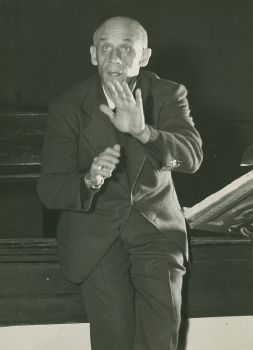 |
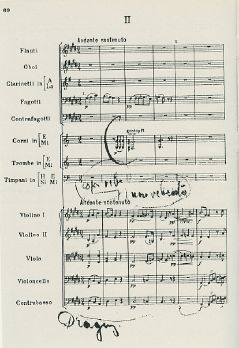 |
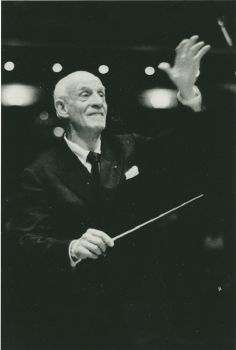 |
| 1 | 2 | 3 |
Mitropoulos made his debut as an opera conductor (he had already conducted opera “concertante” at Carnegie Hall and elsewhere) at the 1950 13th “Florence Maggio Musicale”, conducting Richard Strauss’s Elektra. On June 1952 he appeared for his first time at Milan’s Teatro alla Scala with the “first” –for this theatre- of Alban Berg’s Wozzeck. From the season 1954-55 he began his co-operation with the N. Y Metropolitan Opera. After the season 1957-58 he took part in the orchestra’s summer tour throughout the U.S. towns.
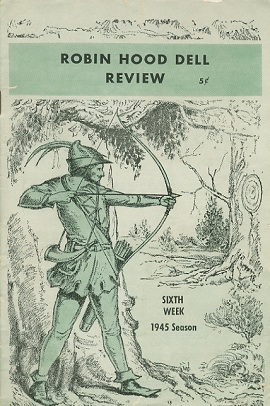 |
 |
 |
| 1 | 2 | 3 |
During the 1957-58 season, Mitropoulos shared the duties of conductor with Leonard Bernstein, who took over as sole conductor and musical director the next season, 1958-1959. From then on, he only conducted the N.Y. as a guest conductor.
Every year, from 1950, he would travel to Europe to perform, either as a principal conductor with his orchestra, or as a guest conductor, at the Saltsburg Festival, Athens Festival, Venice Contemporary Music Festival, Florence Maggio Musicale, Loukern International Music Weeks, etc. He conducted opera extensively, at the Metropolitan Opera, the Milan’s Teatro alla Scala, the Vienna State Opera, and other lyric theatres. He made several appearances as a conductor of symphonic music, with orchestras including the Milan’s Teatro alla Scala, the Vienna Philharmonic, the Berlin Philharmonic, the Amsterdam’s Concertgebouw, the Bavarian Radio Orchestra and others.
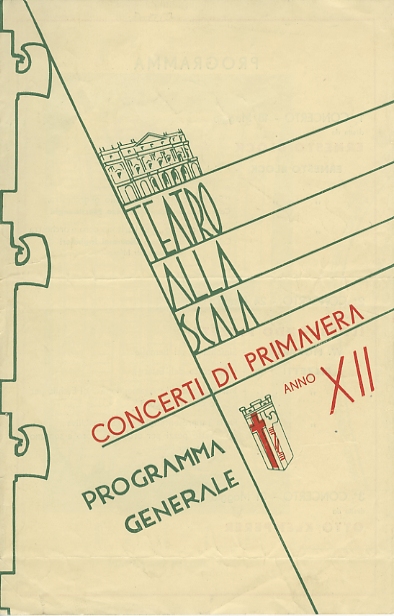 |
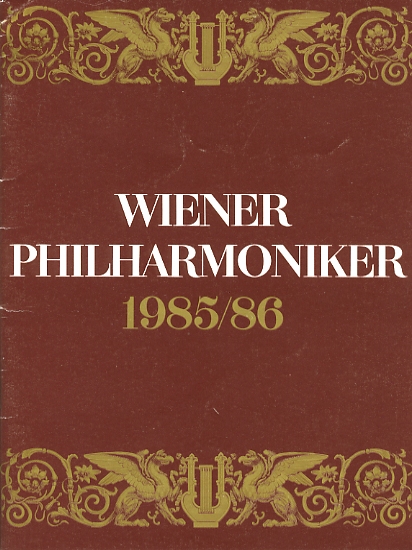 |
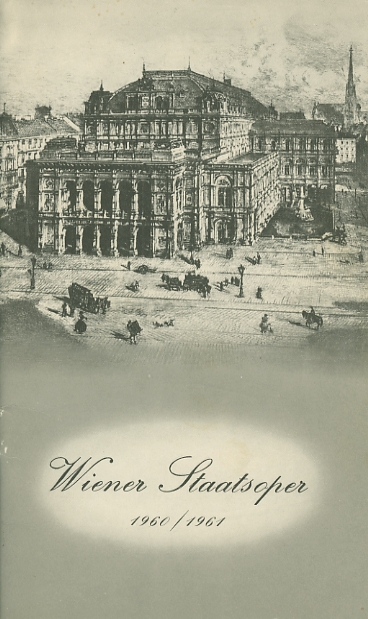 |
| 1 | 2 | 3 |
Already had he suffered two heart attacks, (the first at the end of 1952, the second at the beginning of 1959), when, in November 2nd 1960, he suffered the fatal one, he collapsed and died during a rehearsal of Mahler's Third Symphony at Milan's Teatro alla Scala. His corpse was incinerated and his ashes were put in a grave that was allotted by the Municipality of Athens at the First Cemetery of Athens.
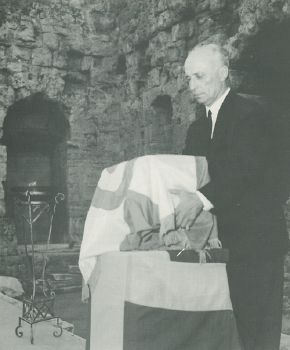 |
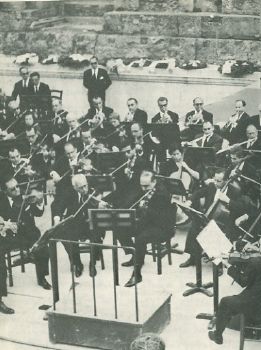 |
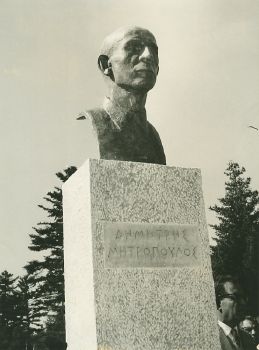 |
| 1 | 2 | 3 |
Mitropoulos, during his 35 year career, made more than 2500 appearances as a conductor of symphonic music concerts, opera performances and chamber music concerts, the latter with the New York Chamber Ensemble, the establishment of which (1952) he had strongly supported.
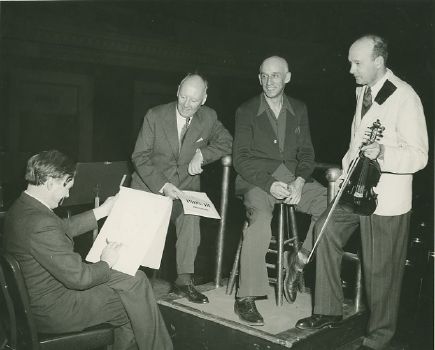 |
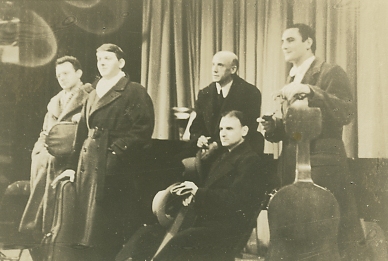 |
| 1 | 2 |
Mitropoulos’s repertoire included works of all music eras: the baroque, the classical, the romantic, and the 20th century modern music. As a conductor and soloist he made several appearances interpreting the Piano concerto No 3 by Prokofiev, the Symphonic Variations by César Frank, the Piano Concerto No 2 by Johannes Brahms, the Etudes for piano and orchestra by Darius Milhaud, the Toccata by Ottorino Respighi, the Concerto by Maurice Ravel, the Piano Concerto In G major by Albert Roussel, the Piano Concerto No 1 and Piano Concerto No 4 by Gian Francesco Malipiero, the Fantasy (Fantaisie) by Louis Aubert, the Piano Concerto No 3 by Ernst Krenek, the Fantasy by Franz Liszt and others. He brought to the greek audience the “first” of 123 works by Greek composers (Marios Varvoglis, Antiochos Evangelatos, Dionisis Lavrangas, Manolis Kalomiris, Petros Petridis, Giorgos Poniridis, Georgios Sklavos, Nikos Skalkotas, Giorgos Sisilianos…) and he also conducted the world premiere of 80 works by foreign composers including Samuel Barber, Aaron Copland, David Diamond, Marcel Dick, Lucas Foss, Morton Gould, Roy Haris, Paul Hindemith, Leo Kirchner, Ernst Krenek, Nikolai Nabokov, Gunther Schuller and others.
In comparison with his contemporaries Mitropoulos didn’t make many recordings. Most of them are “live” ones. He didn’t consider the recordings to be completely his own authentic interpretations, because of the intervention of machines and sound techniques. On the other side he spent much time for a “non-musical” activity: giving lectures at universities and public places.
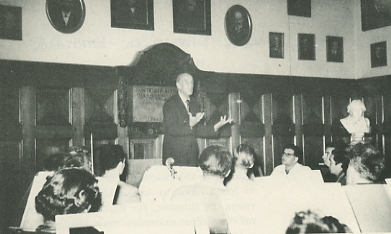 |
|
| 1 | 2 |
D. Mitropoulos started to compose at an early age (his first works date from 1912). After the late twenties he quitted composition and he completely devoted himself to conducting. The list of his works includes 48 titles of all kinds of music (orchestra, chamber music, piano, choir, voice and orchestra, voice and piano, one opera, stage music works). His transcriptions of Bach, Saint-Saens and Purcell works (three for large orchestra, one for string orchestra and one for violin and piano) are also included in his list of works as a composer. There are also four arrangements for string orchestra (of quartets by Ludwig van Beethoven, César Frank and Edvard Grieg).
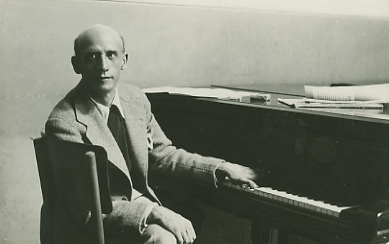 |
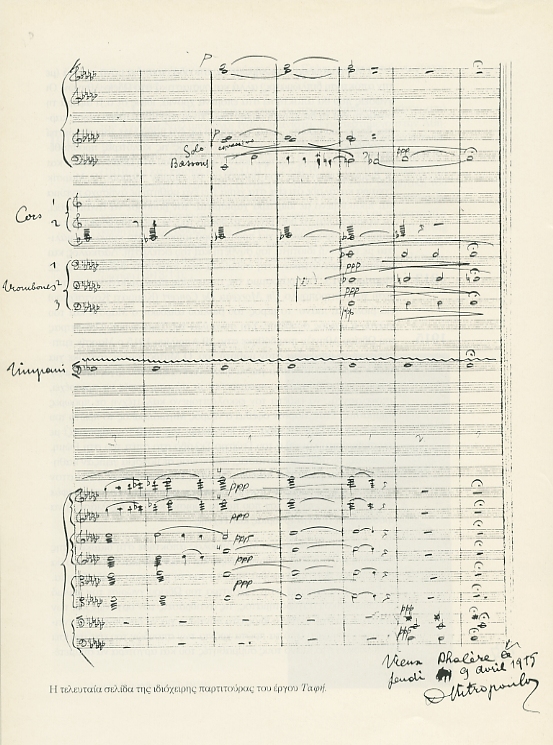 |
| 1 | 2 |
He was the earliest Greek composer who departed from the “functional” tonal system and moved towards modern trends, the use of atonality (10 Inventions for voice and piano) and the application of Schönberg’s twelve-tone technique (before Nikos Skalkottas). He is also, internationally noted, as a champion of modern music among the first who contributed to the achievement of the twelve-note composition.
Among his works: Sœur Béatrice(opera), Tafi, Concerto Grosso for orchestra, Trois pieces pour piano, Griechische Sonate, Passacaglia, Preludio e Fuga for piano, Ostinata, Dance des Faunes String Quartet, songs based on poetry by Kavafis (10 Inventions), on poetry by Angelos Sikelianos, stage music for Elektra by Sophocles and Hypolitos by Euripides.
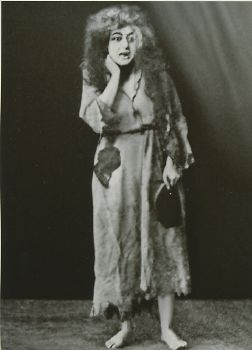 |
|
| 1 | 2 |

